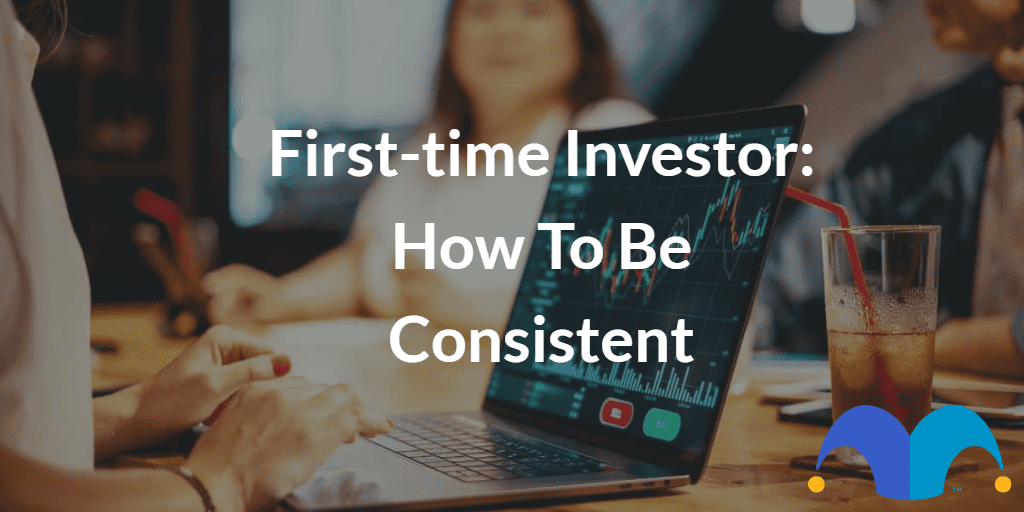If you’re a first-time investor, you’d be forgiven for thinking that investing is anything but simple. But here’s the thing: for the first time in history, investing is accessible, cheap and automated. You no longer have to scour the newspapers for word on certain stocks. You now have an app for that.
Even though investing is easier these days, as a first-time investor, it’s important to build consistency in your approach. That way, your investments can grow in line with your needs and expectations.
Learn about asset allocation
You’ve probably heard that very old investing phrase, “don’t keep all your eggs in one basket.” You might already know that a good investment strategy includes diversity. But how to go about it as a first-time investor?
This is where asset allocation comes in. All investment types are referred to as assets. They can include stocks, bonds, properties, commodities, and all the other investment types that make up your investment portfolio. Asset allocation simply means allocating capital to these various assets.
There are a few allocation methods to consider:
- Strategic asset allocation: This method allows you to allocate specific percentages to each asset class. You review this when needed, which can be once a year if you like.
- Tactical asset allocation: The approach is to constantly monitor the markets and to change your strategies to maximise profits. This is not about the class of the funds, but rather harnessing the best-performing assets all the time.
- Constant weighting asset allocation: You’ve allocated certain percentages and when those percentages are unbalanced, you rectify them straight away instead of waiting for your annual adjustment. The rule of thumb here is to wait until the deviation reaches 5%.
- Insured asset allocation: With this strategy, the investment has a minimum it can drop to. When it reaches this amount, the funds are transferred into an asset that’s more secure or guaranteed.
- Integrated asset allocation: This method allows you to target both profit and risk.
- Dynamic asset allocation: With this method, you constantly move your funds to avoid losses and take advantage of growth. This means you move funds when the markets go down and buy funds when they go up, instead of waiting it out.
Adjust your risk
There’s a good chance that your risk appetite will change as your portfolio grows and your priorities change. This is because the older you get, the less time you have to wait out any fluctuations in the market.
For instance, a retirement fund might start out with a big portion of the funds in stocks, with only a small percentage in conservative assets such as bonds. As the investor gets closer to retirement, the strategy might move towards preserving the capital, which could mean more funds will shift to a more conservative profile.
First-time investors should learn from the best
The internet has made it easier to invest, but that’s not all. It’s also made it simpler for you to follow investors, analysts and money blogs that know a thing or two about investing. While there’s no investment strategy that’s foolproof, it’s worth learning from those who have already been through the best and worst of the investment world.
Getting started as a first-time investor
But just because getting started as a first-time investor is simpler these days, it doesn’t mean you should go in unprepared. Check out our guide on how to invest for the first time.
And to keep the momentum going and build consistency, also check out some of our other investment resources.
